会议信息
运动障碍性疾病尚未满足的临床需求与对策 — 2024“中美健康桥”暨第六届天坛人脑组织库研讨会成功举办
8月4日,由中国科学技术交流中心、北京天坛医院国家神经系统疾病临床医学研究中心、中国老年学和老年医学学会共同主办的运动障碍性疾病尚未满足的临床需求与对策 — 2024“中美健康桥”暨第六届天坛人脑组织库研讨会在北京天坛医院国家神经系统疾病临床医学研究中心(以下简称:国家中心)成功举办。本次活动由国家中心脑库、美国UC Davis神经内科、北大神经病学系和北京五洲融合创新产业战略研究院联合举办,并受到国际帕金森病与运动障碍性疾病学会(MDS)的支持。本次研讨会邀请了中外高级别专家39位共话运动障碍性疾病领域,吸引线下约100余人参会,线上观众近2.9万余人次。
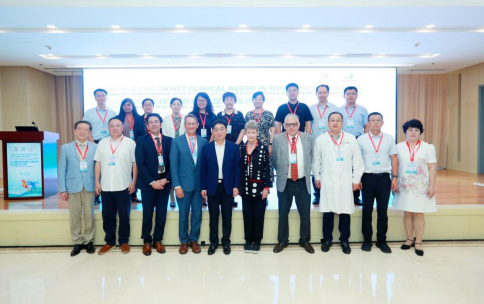
活动于上午8点正式开始,由北京五洲融合创新产业战略研究院理事长张璋主持,北京天坛医院党委副书记贾旺,中国红十字会会长、中国科学院院士陈竺,国际帕金森病与运动障碍性疾病学会主席Victor S.C. Fung,中国科学技术交流中心主任高翔出席致辞。
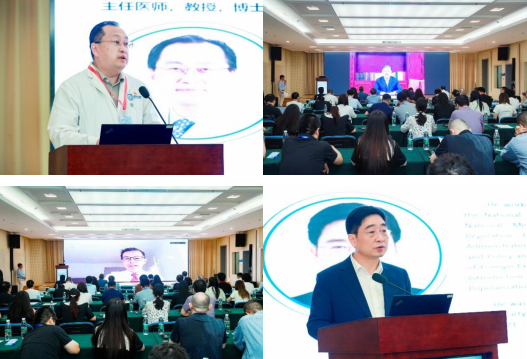
贾旺热情欢迎参会嘉宾,他说道“医学家有国籍,但医学没有国界”,运动障碍性疾病需要多学科协作,期待中美专家共同探讨精准诊疗新路径,为患者提供最佳治疗模式。
陈竺在视频致辞中祝贺会议召开,他提出加强基础研究、推动技术创新和国际合作,以应对疾病挑战,并鼓励加强人脑组织库建设,促进资源共享,提升诊疗水平。
Victor S.C. Fung介绍国际帕金森病与运动障碍性疾病学会的全球影响力和会员构成,强调运动障碍性疾病诊治的紧迫性,呼吁专家共同促进知识传播、诊断和治疗。
高翔回顾中美科技合作历史,强调健康领域合作的重要性,期待未来继续通过“中美健康桥”系列活动,推动两国科学家之间的交流合作,造福人类健康。
研讨会期间,与会专家们围绕“识别运动障碍性疾病未满足的临床需求”“非典型帕金森病”“运动障碍性疾病临床未满足需求的解决方案”“人脑组织库建设”等方向,为大家带来了前沿的研究成果和独到的见解。
针对“识别运动障碍性疾病未满足的临床需求”,国家老年医学临床医学研究中心的陈彪教授聚焦临床前期帕金森病的识别;加州大学圣地亚哥分校的Irene Litvan教授强调早期发现罕见神经系统疾病的必要性;北京天坛医院的黄越教授详细介绍团队亨廷顿病队列的临床研究,为与会者提供临床研究的启发。同时,澳大利亚新南威尔士大学医学系的Margaret Morris教授分享肠脑途径对运动障碍性疾病影响的新成果;美国加州大学戴维斯分校的刘茵教授和澳大利亚新南威尔士大学医学院健康衰老研究中心的Perminder Sachdev教授分别解码帕金森病及其他运动障碍的视觉表现和药物引起的相关问题。
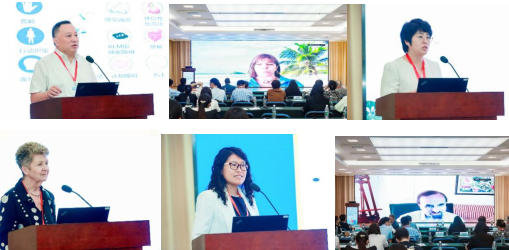
下午的两个分会场也精彩不断。分会场1邀请到来自美国加州大学戴维斯分校、北京大学第一医院、北京天坛医院、澳大利亚墨尔本大学以及北京中医药大学东方医院的专家学者参与探讨两大问题。
首先在“非典型帕金森病”的分享中,美国加州大学戴维斯分校的Masud Seyal教授、Orwa Aboud教授和Marc Lenaerts教授围绕帕金森病、癫痫、脑肿瘤及头痛挑战等议题分享了最新的研究成果和治疗方法。

接着在“运动障碍性疾病临床未满足需求的解决方案”的讨论中,冯涛教授、邓健文研究员、王铎医生针对运动障碍性疾病的生物标志物与临床评估,探讨未来的临床需求和发展方向;张琳教授、Anthony Hannan教授、张建国教授、陈志刚教授团队的赵千玉医生分别从临床经验、发病机制、DBS治疗和中医药运用等角度,探寻运动障碍性疾病的治疗方案,期待惠及更多患者。


在分会场2,第六届天坛人脑组织库研讨会上,中国人体器官捐献管理中心副主任张宗伟介绍了我国人体组织捐献的现状;国家科技基础条件平台中心处长卢凡就脑库支撑的科研范式变革提出了深入思考;加拿大不列颠哥伦比亚大学研究员Tanya Barretto从伦理学的角度探讨了人类研究的边界与责任;北京天坛医院的黄越教授团队的医生关惠盈对天坛医院国家人脑组织库的相关情况进行了汇报。

研讨会还特别设置临床病例病理讨论环节,通过真实案例的分享与讨论,加深参会者对运动障碍性疾病临床特征、病理机制及诊疗策略的理解。由北京天坛医院黄越教授团队成员汇报病例病理,参与讨论的有首医宣武医院的马敬红教授、北京友谊医院的脱厚珍教授、北大医院的王朝霞教授、山东齐鲁医院的刘艺鸣教授,北京天坛医院的王群教授、以及来自美国UC Davis的张琳教授和Masud Sayel教授,以及北京迈基诺基因科技股份有限公司的遗传咨询师史明琪,和来自安徽等外地医院的医生也来到现场参加了讨论。临床医生围绕着帕金森病患者、丧失行走能力患者及不自主运动患儿等案例,展开了深入的分析与讨论,为临床实践提供了宝贵的经验和启示。
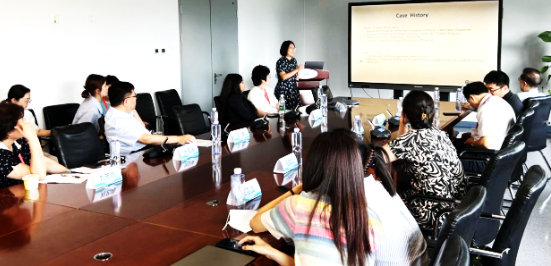
本次研讨会为国内外运动障碍性疾病的研究者们搭建了交流与合作的平台,推动了该领域研究的深入发展,是“中美健康桥”推进民间科技交流的又一重要篇章。期待全球专家学者能够为运动障碍性疾病的研究和诊疗提出新方案,为人类社会早日攻克脑疾病探索新路径!
Tackle the Unmet Clinical Needs for Movement Disorders: The 2024 "Sino-US Health Bridge" and the 6th Tiantan Human Brain Tissue Banking Symposium were successfully held!
On August 4, the 2024 "Sino-US Health Bridge" and the 6th Tiantan Human Brain Tissue Banking Symposium on “Tackle the Unmet Clinical Needs for Movement Disorders”, co-organized by the China Science and Technology Exchange Center, the National Clinical Research Center for Neurological Diseases (NCRCND) of Beijing Tiantan Hospital, Capital Medical University, and the Chinese Society of Gerontology and Geriatrics was successfully held at NCRCND, Beijing Tiantan Hospital. The event was jointly organized by the Human Brain Bank - NCRCND, the Department of Neurology at UC Davis in United States, the Departments of Neurology at Peking University and the Beijing Wuzhou Institute of Integrated Innovation Industry Strategy, and endorsed by the International Society for Parkinson's and Movement Disorders (MDS). The symposium invited 39 experts from China and abroad to discuss topics in the field of movement disorders, attracting more than 100 participants in person and nearly 29,000 audiences online.
The event officially started at 8 a.m., presided over by Zhang Zhang, Chairman of Beijing Wuzhou Institute of Integrated Innovation Industry Strategy, Jia Wang, Deputy Secretary of the Party Committee of Beijing Tiantan Hospital, Chen Zhu, President of the Red Cross Society of China and Academician of the Chinese Academy of Sciences, Victor S.C. Fung, President of the International Society of Parkinson's Disease and Movement Disorders, and Gao Xiang, Director of the China Science and Technology Exchange Center, gave the opening speeches.
Deputy Secretary Wang Jia warmly welcomed the guests. He said, "Medical scientists have nationality, but medicine has no borders". Movement disorders require multidisciplinary collaboration, and he looks forward to Chinese and American experts to discuss new ways of precision diagnosis and treatment to provide patients with the best treatment.
Academician Zhu Chen congratulated the convening of the conference in a video speech, and proposed to strengthen basic research, promote technological innovation and international cooperation to meet the challenges of diseases, and encourage to strengthen the human brain tissue banking, promote resource sharing, and improve the accuracy of the diagnosis and accessibility of treatments.
President Victor S.C. Fung introduced the global influence and membership of the International Society of Parkinson's Disease and Movement Disorders, emphasized the urgency of the diagnosis and treatment of movement disorders, and called on experts to jointly promote knowledge dissemination.
Mr. Xiang Gao reviewed the history of China-US cooperation in science and technology, emphasized the importance of cooperation in the field of health, and looked forward to continuing to promote exchanges and cooperation between scientists of the two countries through the "China-US Health Bridge" series of activities in the future to benefit human health.
During the seminar, the participating experts brought cutting-edge research results and unique insights in the four themes of "identifying unmet clinical needs of movement disorders", "atypical Parkinson's disease", "solutions to the unmet clinical needs of movement disorders", and " human brain tissue banking".
In response to the "identification of unmet clinical needs for movement disorders", Professor Biao Chen from the National Clinical Research Center for Geriatrics focused on the identification of preclinical Parkinson's disease; Professor Irene Litvan of the University of California, San Diego, emphasized the need for early detection of rare neurological diseases; Professor Yue Huang from Beijing Tiantan Hospital, Capital Medical University, introduced the clinical studies of Huntington's disease, and provided inspiration for clinical research. At the same time, Professor Margaret Morris from the faculty of Medicine & Health, the University of New South Wales in Australia shared new results on the impact of the gut-brain pathway on movement disorders; Professor Yin Liu from the University of California, Davis in United States and Professor Perminder Sachdev from the Centre for Healthy Aging Research at the Faculty of Medicine of the University of New South Wales in Australia decoded the visual manifestations of Parkinson's disease and other movement disorders and drug-induced problems, respectively.
There were two sessions in the afternoon, which were also exciting. Session 1 invited experts and scholars from the University of California, Davis in United States, Peking University First Hospital, Beijing Tiantan Hospital affiliated to Capital Medical University, University of Melbourne in Australia and Eastern Hospital of Beijing University of Chinese Medicine to discuss two major issues.
First of all, in the sharing of "Atypical Parkinson's Disease", Professor Masud Seyal, Professor Orwa Aboud and Professor Marc Lenaerts from the University of California, Davis, United States, shared the latest research results and treatments around Parkinson's disease, epilepsy, brain tumors and headache challenges.
Then, in the discussion of "Solutions to the Unmet Clinical Needs of Movement Disorders", Professor Tao Feng, Dr. Jianwen Deng, and Dr. Duo Wang discussed the future clinical needs and development directions for biomarkers and clinical evaluation of movement disorders. Prof. Lin Zhang, Prof. Anthony Hannan, Prof. Jianguo Zhang, and Dr. Qianyu Zhao from the team of Prof. Zhigang Chen explored the treatment options for movement disorders from the perspectives of clinical experience, pathogenesis, DBS treatment and application of traditional Chinese medicine, and looked forward to benefiting more patients.
In session 2, the 6th Tiantan Human Brain Tissue Banking Seminar was taken place. Mr. Zongwei Zhang, deputy director of the Chinese Human Organ Donation Management Center, introduced the current situation of human tissue donation in China; Mr. Fan Lu from the National Science and Technology Infrastructure Platform Center put forward in-depth thoughts on the transformation of scientific research paradigms supported by brain banks; Ms. Tanya Barretto from the University of British Colombia, Canada, discussed the boundaries and responsibilities of human research from an ethical perspective; Dr. Huiying Guan from Professor Yue Huang’s group of Beijing Tiantan Hospital affiliated to Capital Medical University reported on the relevant situation of the National Human Brain Tissue Bank of Tiantan Hospital.
The session also set up a clinical pathological conference (CPC), through sharing and discussion of cases, to deepen the participants' understanding of the clinical characteristics, pathological features and diagnosis and treatment strategies of movement disorders. Professor Huang Yue's team from Beijing Tiantan Hospital reported on the neuropathology of the case, and the discussion was attended by Professor Jing-Hong Ma from Xuanwu Hospital, Professor Hou-Zhen Duo from Beijing Friendship Hospital, Professor Zhao-Xia Wang from Peking University Hospital, Professor Yi-Ming Liu from Shandong Qilu Hospital, Professor Qun Wang from Beijing Tiantan Hospital, Professor Lin Zhang and Professor Masud Sayel from UC Davis in United States, and genetic counselor Ming-Qi Shi from Beijing Mygenetics Technology Co., Ltd. and doctors from hospitals in Anhui and other places also came to the scene to participate in the discussion. Clinicians have conducted in-depth analysis and discussion on the cases of patients with Parkinson's disease, patients with inability to walk and children with involuntary movements, providing valuable experience and enlightenment for clinical practice.
This symposium has built a platform for exchanges and cooperation among researchers on movement disorders at home and abroad, promoted the in-depth development of research in this field, and is another important chapter in the "Sino-US Health Bridge" to promote non-governmental scientific and technological exchanges. It is expected that experts and scholars around the world can put forward new solutions for the research, diagnosis and treatment of movement disorders, and explore new paths for human society to overcome brain diseases as soon as possible!





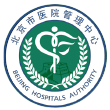


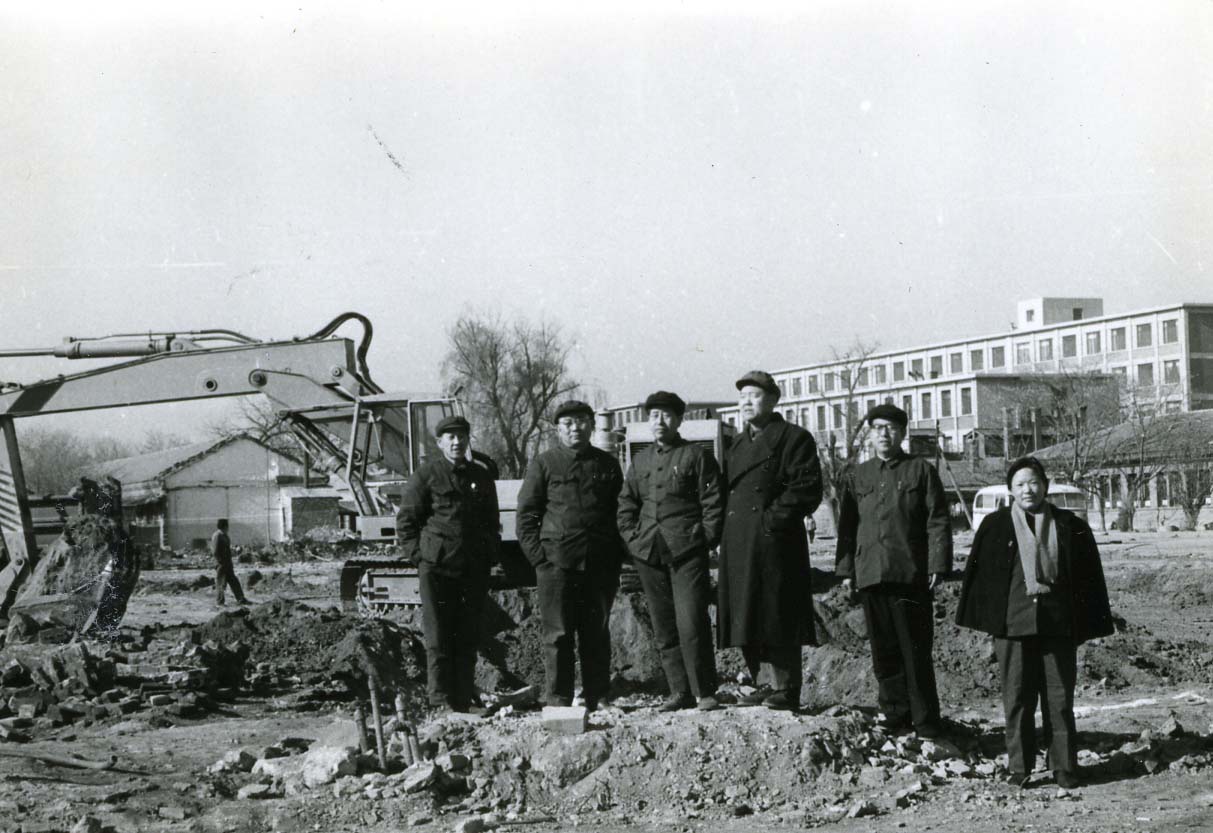

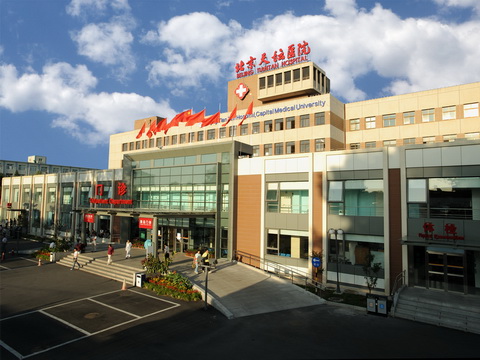

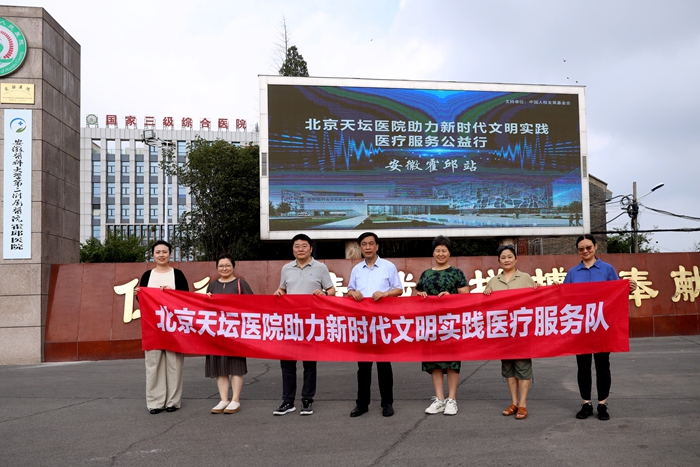

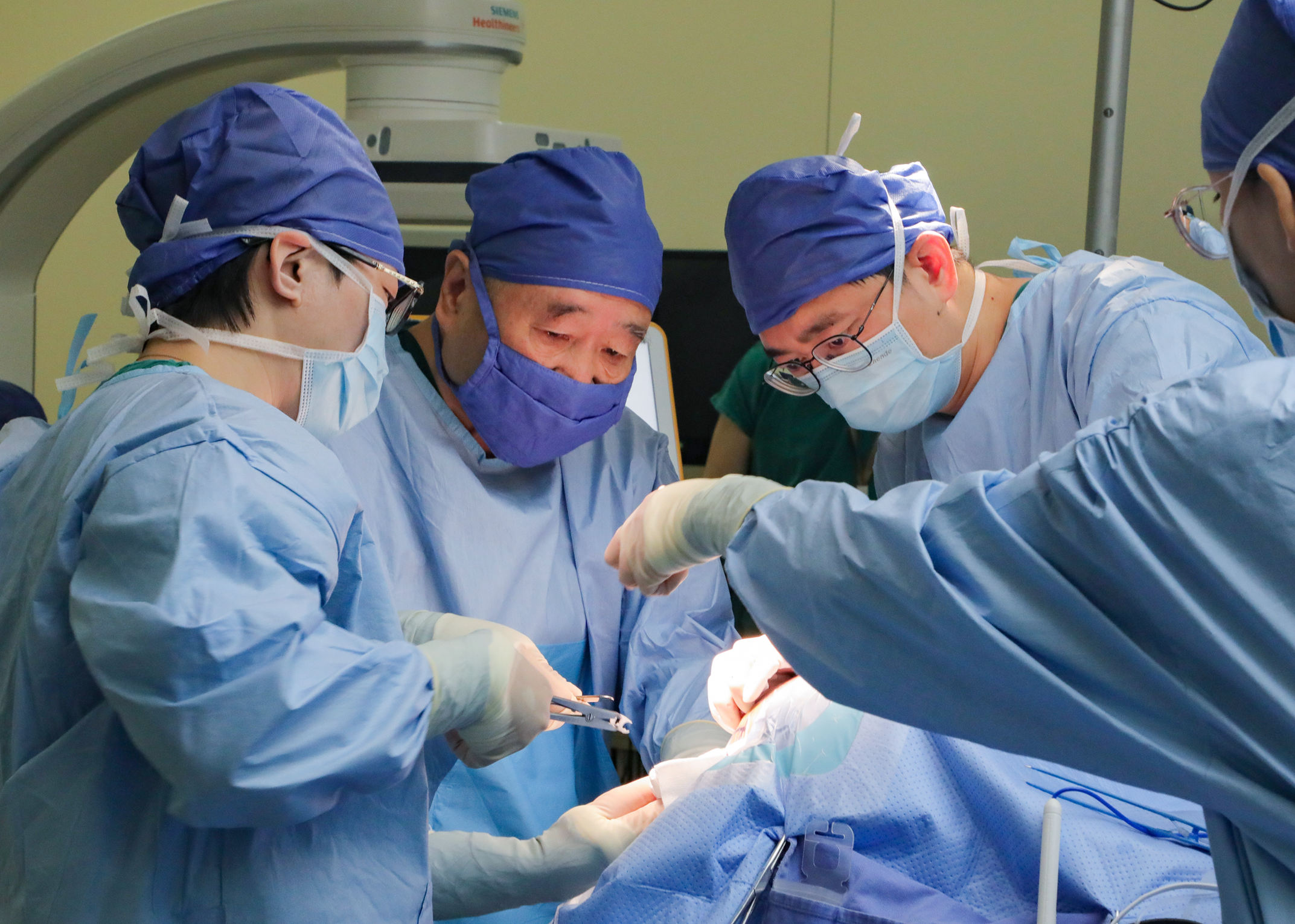
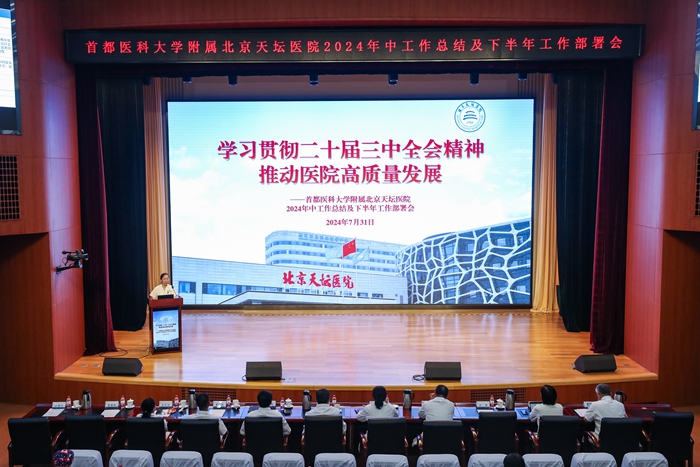
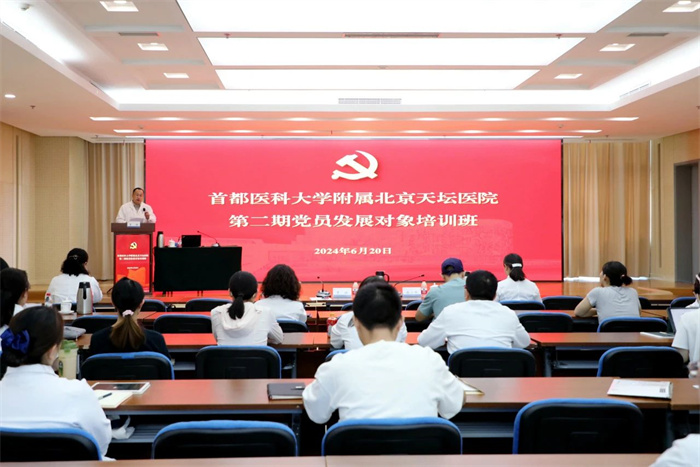
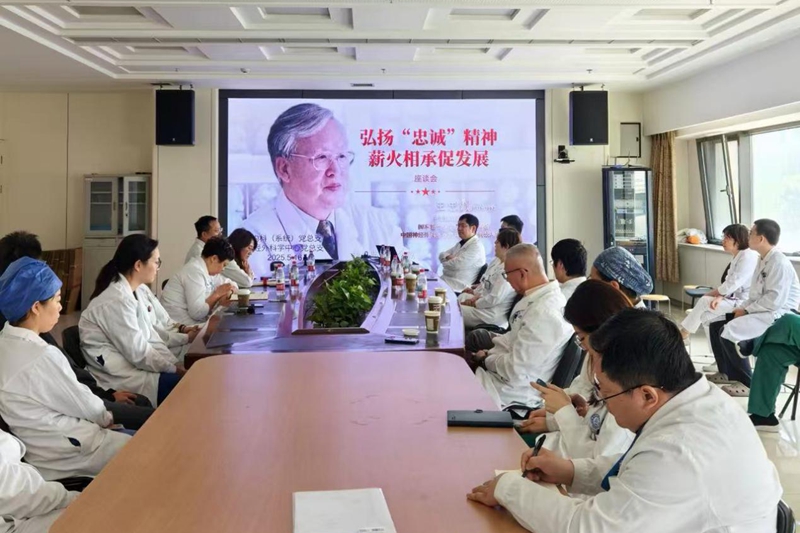






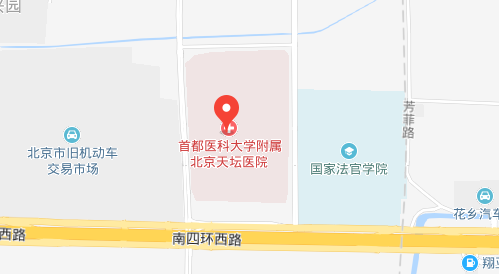



















 京公网安备111010602104056
京公网安备111010602104056